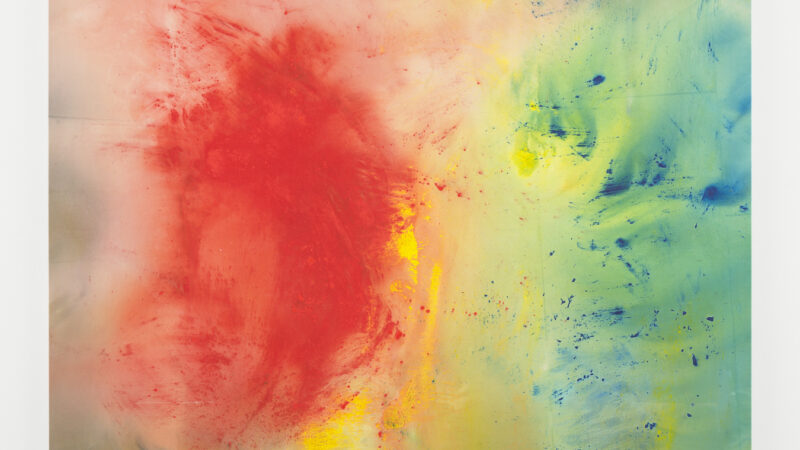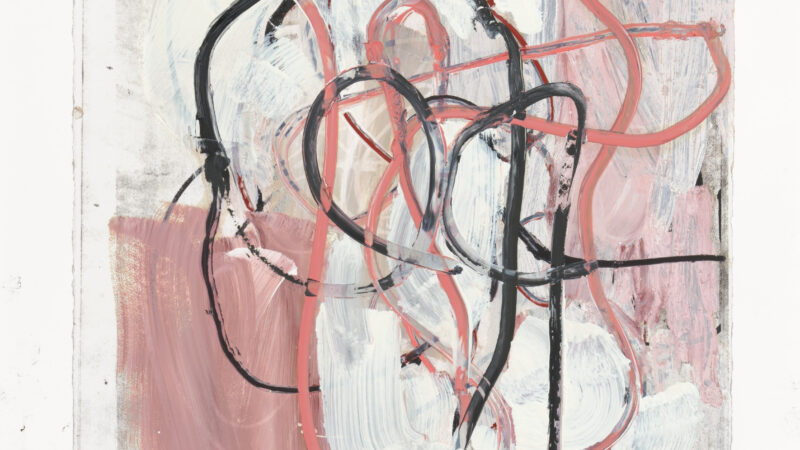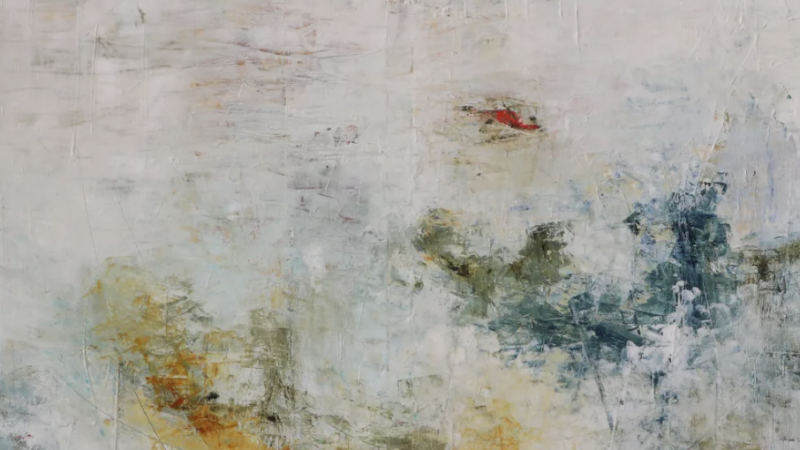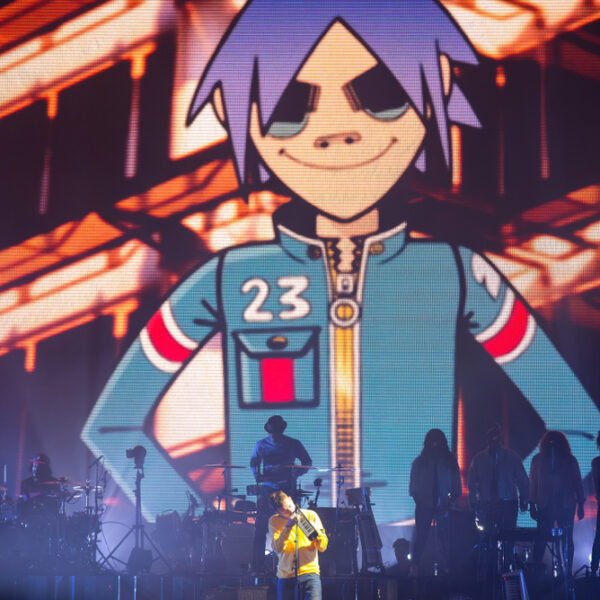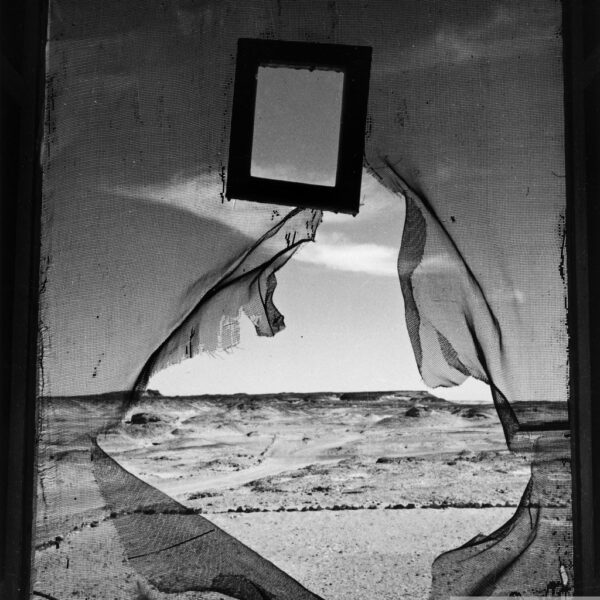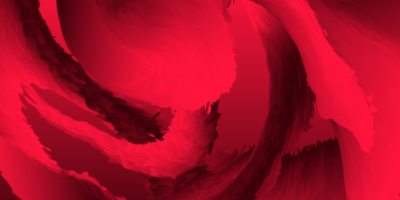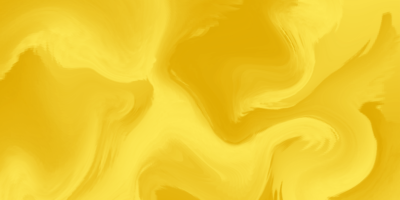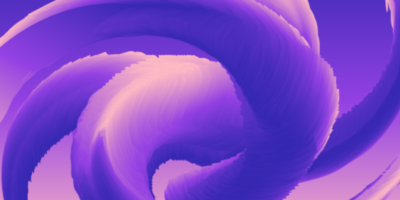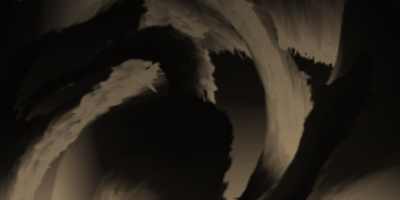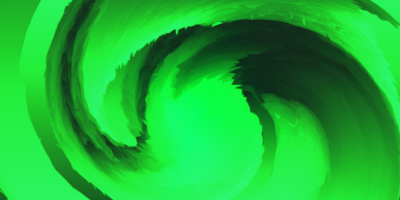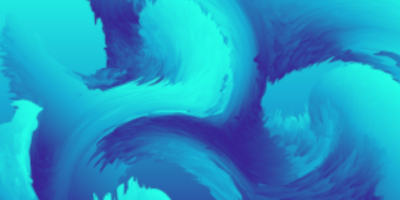Minoru Nomata: Continuum | White Cube
Now open until the 24 August, White Cube Mason’s Yard is presenting Continuum, painter Minoru Nomata’s debut solo exhibition in London.
Nomata’s works are characterized by the absence of human presence, depicting imaginary architectural structures and enigmatic landscapes that transcend time and place. These visionary paintings create an unfamiliar world that, while rooted in reality, evokes a disquieting sense of alienation. The artist himself has stated, “Lack, deficiency, insecurity, isolation and the unknown – those so-called negative feelings can also be a creative trigger for me to create something.”
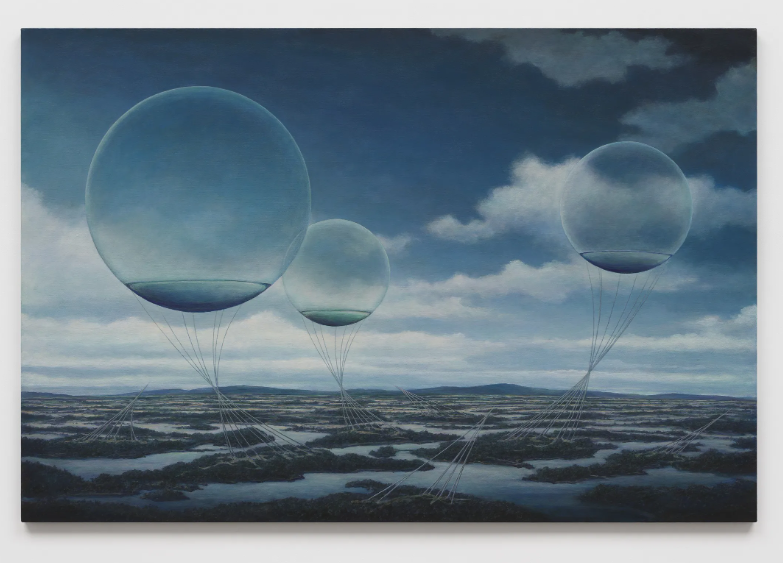
Minoru Nomata, Continuum-6, 2024
Over the past 40 years, Nomata has developed a hybrid architectural language combining industrial, fantastical, archaic, and futuristic elements. His journey began in Tokyo, where he grew up in a commercial and industrial area. Surrounded by town factories and traditional housing, he became intrigued by structural elements like chimneys and steel towers. Tokyo’s mid-1960s urban development, particularly the construction of Tokyo Tower before the Olympics, offered Nomata a glimpse of the future.
His works are rendered with meticulous precision, featuring towering edifices, intricate skeletal frameworks, and wind-powered machinery. His distinctive color palette is muted and atmospheric, with stone-grey, white, and sepia shades interspersed with subdued blues and greens, enhancing the dreamlike quality of his constructed realms. In Continuum-1 (2024), for instance, structures bathed in focused light resemble pieces on a stage set against hazy backdrops.
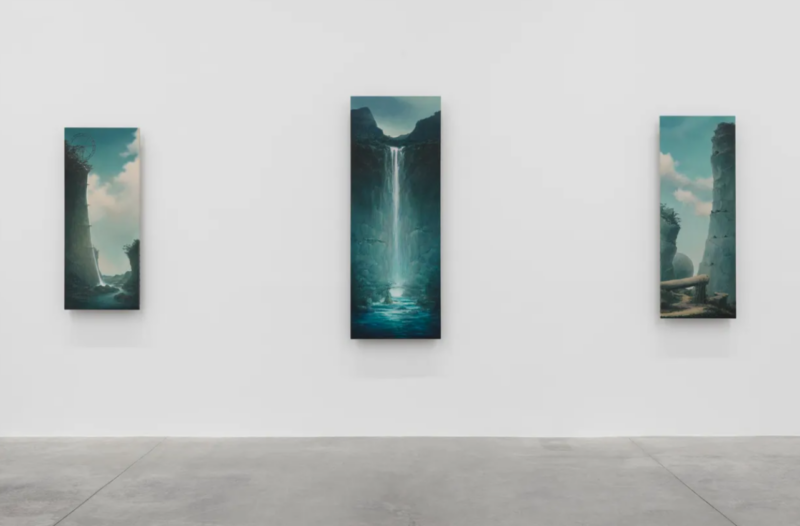
Nomata likens his process to “daydreaming in an awakened state of reality,” creating paintings that are not wholly Surrealist or acts of pure imagination. He explains, “I have seen what was there already. I don’t feel like I’ve built it; I look at it.” Though inspired by science fiction, Nomata draws from a personal archive of over fifty scrapbooks filled with images from magazines, newspapers, and television programs focused on history, mathematics, and astrophysics. These resources, along with influences like Philip K. Dick’s writings and Brian Eno and Erik Satie’s music, help him create a syncretic visual language. His work draws on art-historical references as diverse as Greek and Roman architecture, Henri Rousseau’s early works, Op Art’s visual kinetics, American Precisionist painter Charles Sheeler’s machine-age aesthetic, and the visions of Giorgio de Chirico and René Magritte.
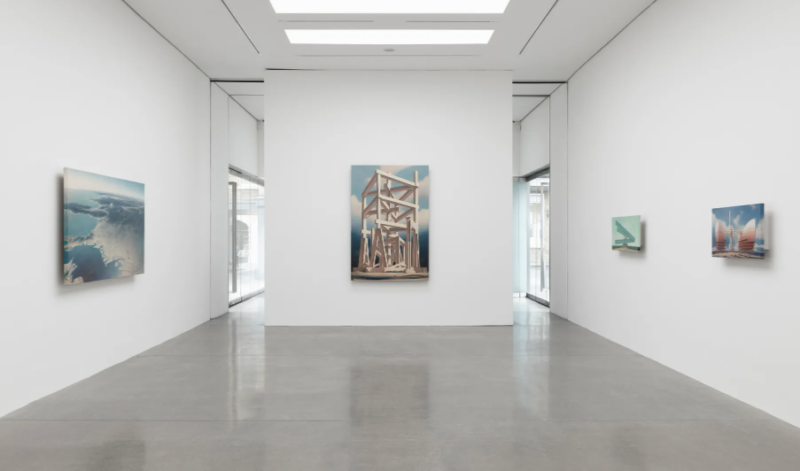
In Nomata’s “Continuum” series, solitary structures rise from low horizons, reaching towards the sky. While some structures might be identified as “buildings,” their purpose and whom they serve remain elusive. Continuum-5 (2023), for example, features a glass tower against a smoggy night sky, reminiscent of 19th-century World’s Fairs constructions like London’s Crystal Palace but made strange through elongation and its bell-like curve. This tower has no apparent entrances or exits, and the helix of paint circling the interior suggests a staircase without a clear start or end. Inside, a colossal tree grows upward, forcing its way into the glasshouse’s narrowing trajectory, while foliage creeps across the building’s exterior. As with many of Nomata’s works from this series, the scene is imbued with a sense of placelessness, existing between a dystopian future and a mythic past.
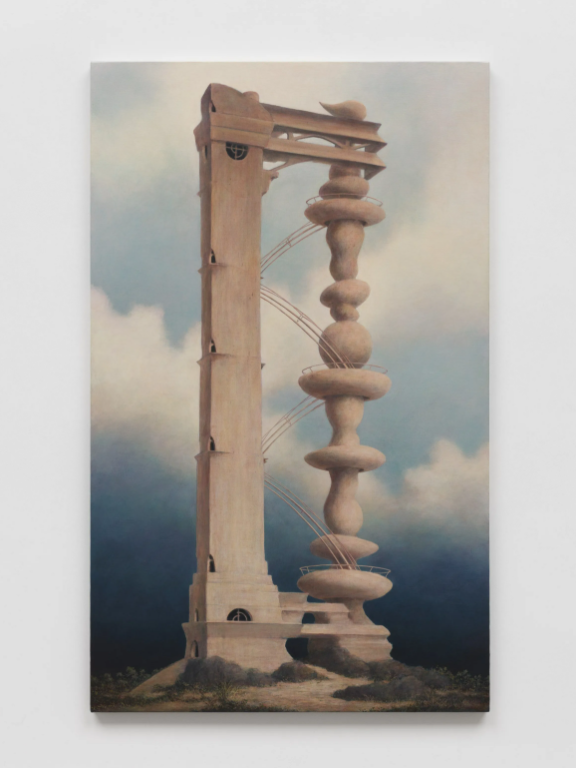
Minoru Nomata, ‘Continuum-3’, 2023
In other works within the exhibition, Nomata shifts focus from aerial to aqueous themes, depicting large-scale hydrological formations like icebergs, frozen waterfalls, and expansive glaciers. Viewers can witness spherical ice masses bisected by the ocean’s surface; components in architectural assemblages; transparent balloons tethered to the ground; and boat-like constructions driven by hydraulic and aerodynamic equipment. Mechanical interventions often protrude or disrupt serene landscapes, suggesting a contest between human endeavors and nature’s sublime forces.
According to Nomata, “construction, repair, and demolition” occur simultaneously in his paintings, reflecting the simultaneous presence of past, present, and future distinct in his work. As he explains, his goal is to create worlds that “are not ‘somewhere,’ but ‘nowhere,’ in a position that helps [him] find a place to head for.” While devoid of identifiable temporal or geographical markers, Nomata’s ambivalent landscapes address humanity’s existential concerns about its place in the world.
All images courtesy of the artist and White Cube.
Header:
Minoru Nomata
Continuum-12, 2024


